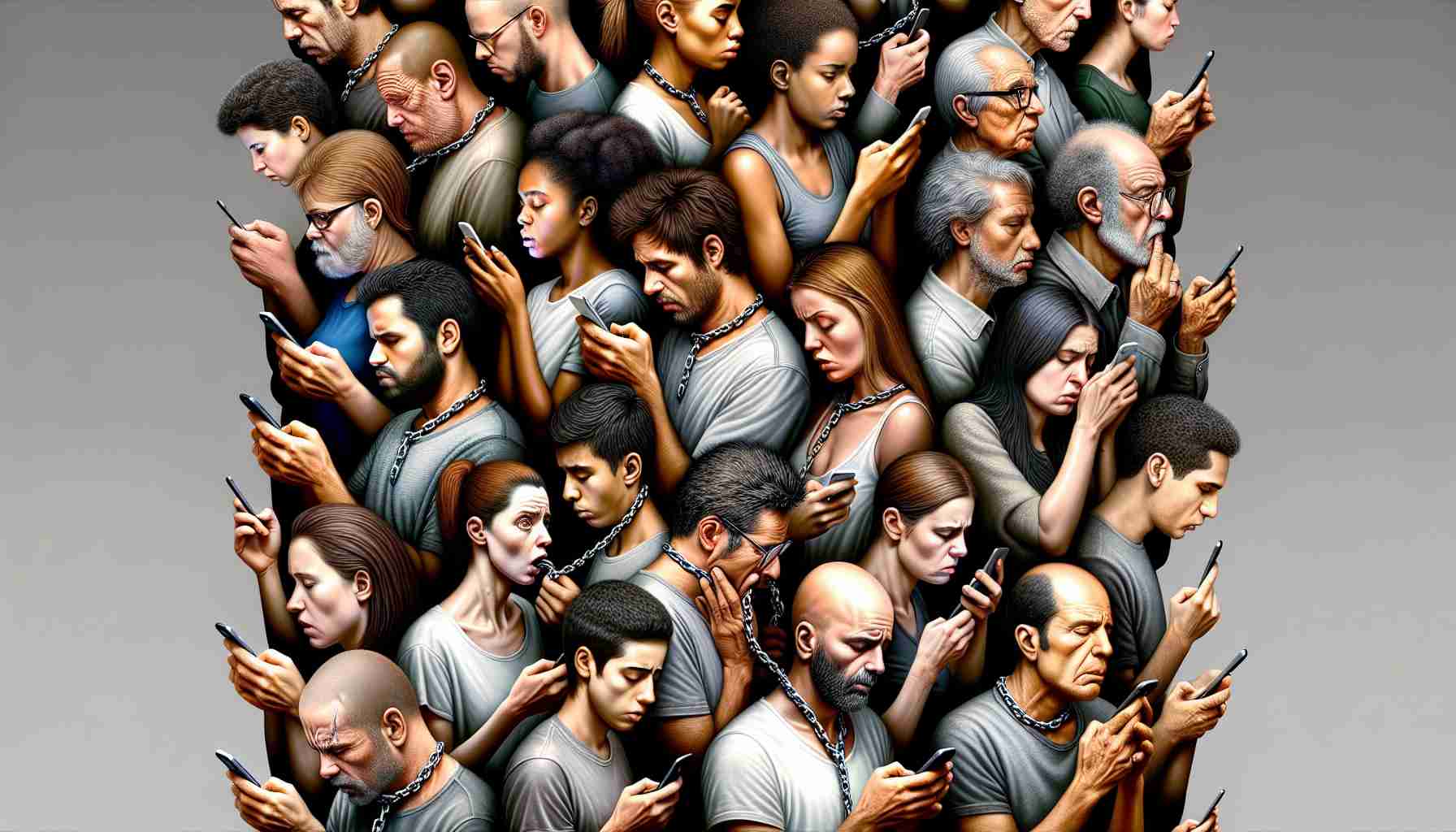Recognizing Smartphone Addiction in Youth
Smartphone addiction is an increasing challenge in contemporary society, affecting many, young people in particular. One of the revealing signs of this dependency is the compulsive need to interact with the device during daily activities such as meals or repeatedly checking notifications throughout the night. This preoccupation with smartphones can negatively impact academic performance among students.
The Corecom, a regional communications committee based in Veneto, together with research conducted by the Digital Ethical Movement’s Social Warning Observatory, have investigated the extent of smartphone use among teenagers. They found an overwhelming majority, with virtually all of the 2,133 students surveyed between the ages of 14 and 18, using apps like WhatsApp and participating actively on social networks.
The Symptoms and Mechanics of Smartphone Dependence
Nomophobia—the fear of being without one’s phone—is born out of notification systems which demand constant attention, pulling users away from the external world and into an absorbing virtual life. This behavior mirrors other forms of addiction, where the incessant use of applications and the incessant hunt for social media “likes” and comments create a rewarding sensation. It is believed that this pleasure is akin to the one derived from eating, involving a response similar to that caused by opioid dependence. The prevalence of these symptoms indicates a significant shift in how we interact with technology and its influence on our daily lives.
Understanding the Broader Impacts of Smartphone Addiction
While smartphone addiction is particularly prevalent among youth, it’s a condition that can affect individuals of all ages. Beyond the scope of teenagers and students, there’s growing concern regarding how persistent connectivity and immediacy may also be altering adult behaviors and social interactions. The compulsive behavior associated with smartphone use has been linked to various physical and mental health issues, including disrupted sleep patterns, decreased physical activity, eye strain, neck pain due to poor posture, and increased levels of anxiety and depression.
The addictive qualities of smartphones derive in part from their multifunctional capabilities which can lead to a phenomenon known as “task switching” or multitasking. This not only diminishes productivity and efficiency but has also been shown to increase stress levels and contribute to poorer cognitive control.
Identifying Key Challenges and Controversies
One of the key challenges in addressing smartphone addiction is the debate over its classification; some experts question whether it should be regarded as a real addiction similar to substance abuse or more as a problematic behavior. Tied to this debate is another controversy regarding how much responsibility lies with the creators of the technology and applications. Critics argue that app designers deliberately employ addictive features, such as variable rewards systems, to keep users engaged.
Advantages and Disadvantages of Smartphone Use
Smartphones are not without their benefits. They provide convenient access to information, enhance communication, support education through diverse learning apps, and foster a sense of social connectedness. However, excessive and improper use can lead to a dependency with negative consequences. Navigating this balance is one of the great societal challenges of the digital era.
The primary advantages of smartphone use include:
– Instant communication and social networking
– Access to information and educational resources
– Navigation and travel assistance
– Emergency uses and personal security
Conversely, disadvantages can entail:
– Disruption of sleep and daily routines
– Impairments in social and interpersonal skills development
– Over-reliance on technology for problem-solving and entertainment
– Privacy concerns due to data collection by apps
Conclusion
Understanding smartphone addiction is imperative to mitigate its effects on individuals and society. It requires a concerted effort from educators, parents, healthcare professionals, and technologists to create strategies for healthier engagement with these devices. Addressing the challenges of smartphone dependency will likely involve developing better app design ethics, public education campaigns, and promoting digital wellness practices.
For more information on this topic, consider visiting reputable organizations dedicated to mental health and digital wellbeing such as the World Health Organization (WHO) or the American Psychological Association (APA). These links lead to the main domains, providing a wealth of resources for understanding digital health challenges such as smartphone addiction.
The source of the article is from the blog bitperfect.pe
